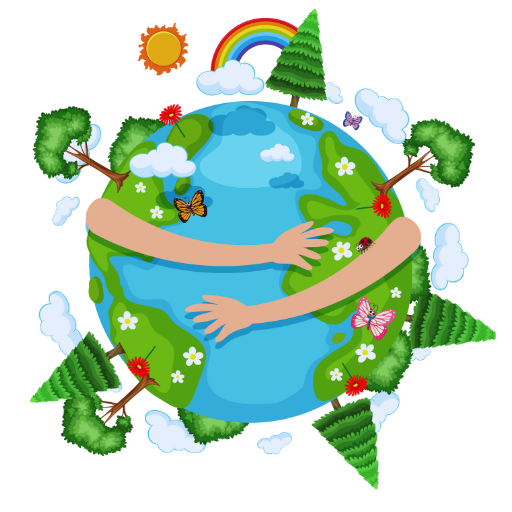Article on Circular Economy with Latest Trends, Examples & Data.
Imagine a world where waste is no longer a burden, but a valuable asset. In this world, resources are carefully managed and preserved, ensuring their longevity and sustainability. The circular economy offers us this vision of a utopian society, where economic growth is no longer synonymous with environmental degradation.
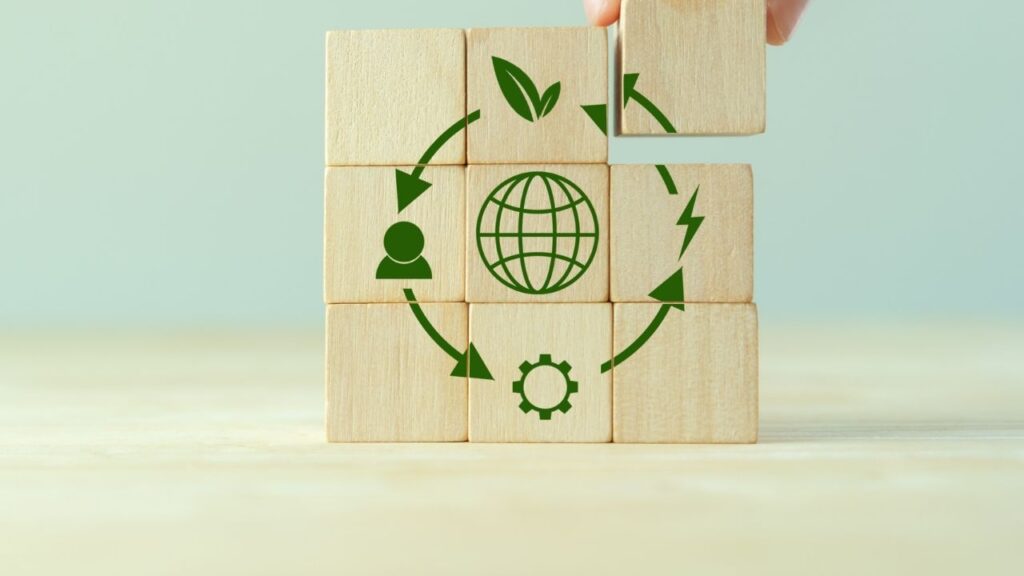
It is a concept that challenges our current linear model of production and consumption, and instead promotes a system where materials are reused, recycled, and regenerated. By embracing the principles of the circular economy, we have the potential to create a more sustainable and prosperous future for ourselves and future generations.
Table of Contents
What is circular economy?
The concept of the circular economy focuses on creating a sustainable system that aims to reduce waste and promote the continuous utilization of resources. In contrast to the linear economy, which operates on a ‘take-make-dispose’ approach, the circular economy emphasizes the importance of reusing, recycling, and regenerating materials to establish a self-sustaining ecosystem.
The circular economy model encourages businesses and individuals to rethink their consumption patterns and production processes to minimize environmental impact and promote long-term sustainability. By shifting towards a closed-loop system, where resources are kept in circulation for as long as possible, the circular economy aims to create a more efficient and eco-friendly way of managing resources.
Through the implementation of circular economy principles, such as designing products for durability, promoting resource recovery, and fostering collaboration among stakeholders, it is possible to create a more resilient and resource-efficient economy. By embracing the circular economy concept, we can work towards building a more sustainable future for generations to come.
Examples of circular economy initiatives
Product Lifecycle Extension
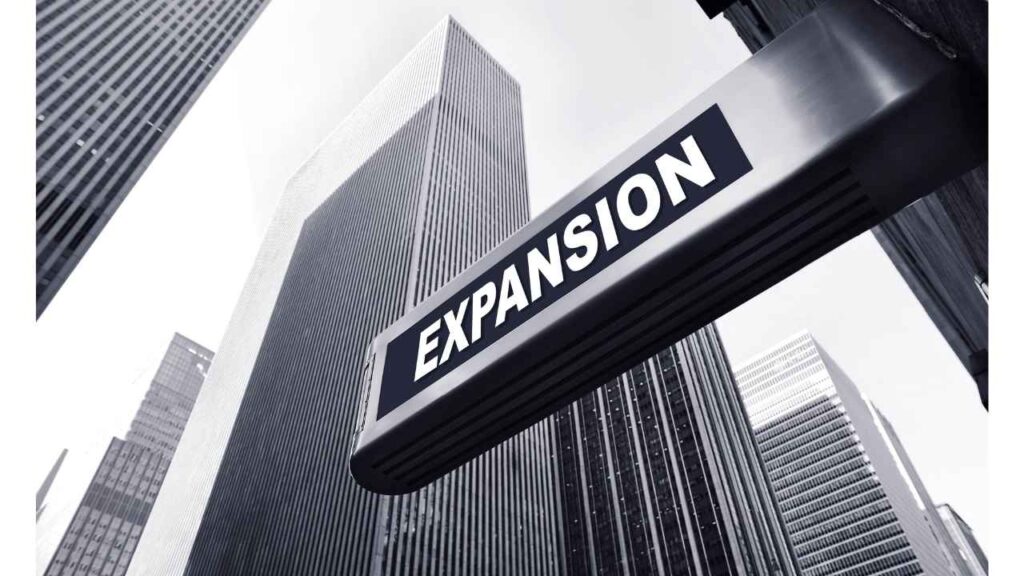
Patagonia, a well-known brand for outdoor clothing, has taken a step towards sustainability by adopting the circular economy model. They have introduced repair services for their products, allowing customers to fix and reuse their clothing instead of buying new ones. One of their notable initiatives, the Worn Wear program, actively promotes the idea of repairing and reusing garments.
By doing so, Patagonia not only helps customers extend the lifespan of their clothing but also reduces the need for new resources, contributing to a more sustainable future.
Closed Loop Recycling
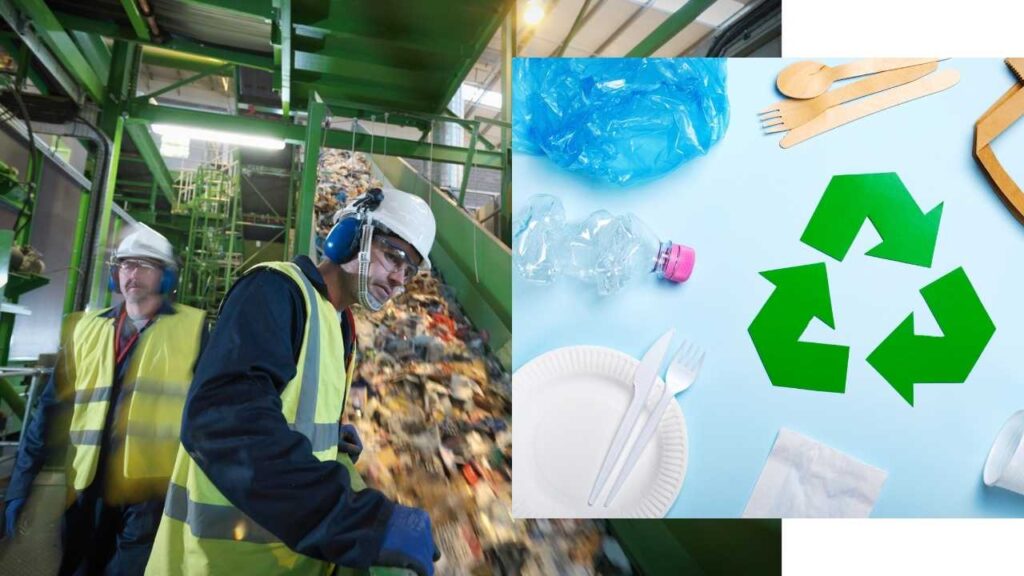
The electronics industry is well-known for its high number of employees leaving their jobs and the accumulation of electronic waste. Nevertheless, companies such as Dell have taken the lead in implementing closed-loop recycling programs. In these initiatives, old electronics are gathered, taken apart, and then utilized in the production of new items. By completing this recycling loop, Dell not only lessens the negative effects on the environment but also preserves important resources that would otherwise go to waste.
Sharing Economy Platforms
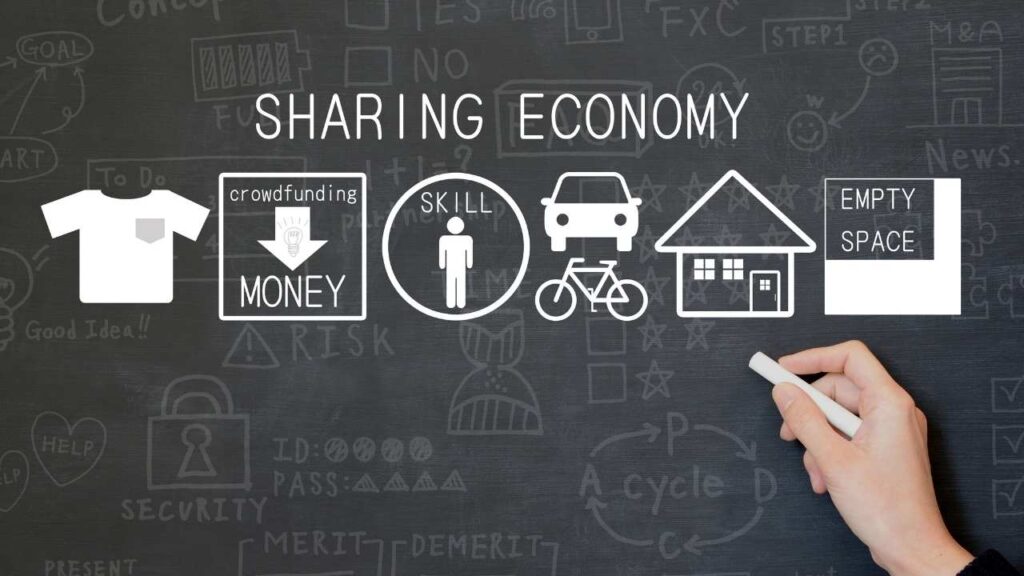
The sharing economy, which includes popular services like Uber and Lyft for transportation and Airbnb for accommodation, is all about making the most of what we already have. Instead of everyone owning their own car or house, these platforms allow people to share resources and make better use of existing assets. This not only reduces the need for ownership but also helps allocate resources more efficiently, which is a key principle of the circular economy.
The Need for circular economy
Our current economic model is like a party where the guests keep grabbing more snacks without ever refilling the bowls. So there is extreme need of circular economy because of these following reasons :-
Global Material Consumption
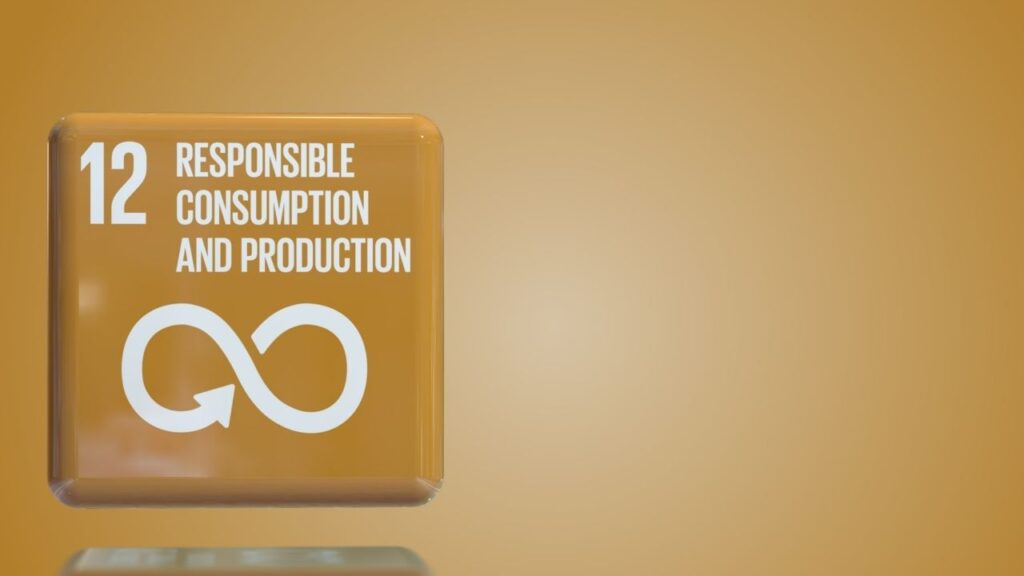
The Global Footprint Network has reported that every year, humans use up more resources than the Earth can replenish by a staggering 74%. This alarming rate of resource depletion highlights the critical need to shift towards a circular economy approach, where resources are reused and recycled to minimize waste and environmental impact.
E-Waste Generation

In 2019, the United Nations calculated that a staggering 53.6 million metric tons of electronic waste were produced globally. This massive amount of e-waste poses a serious threat to both the environment and our health. However, there is hope in the form of embracing circular economy principles. By adopting these principles, we can effectively reduce the negative effects of e-waste by promoting responsible recycling and resource recovery.
This means finding innovative ways to reuse and repurpose electronic devices, rather than simply discarding them. Through these efforts, we can make a significant impact in protecting our planet and ensuring a healthier future for all.
Plastic Pollution
According to a study conducted by the Ellen MacArthur Foundation, it is projected that by the year 2050, the amount of plastic in the oceans could surpass the weight of fish if we continue with our current habits of consumption and waste disposal.
To address this alarming issue, it is crucial for us to embrace circular economy strategies. This includes rethinking the way we design packaging to make it more recyclable and encouraging the adoption of biodegradable options as alternatives to traditional plastics.
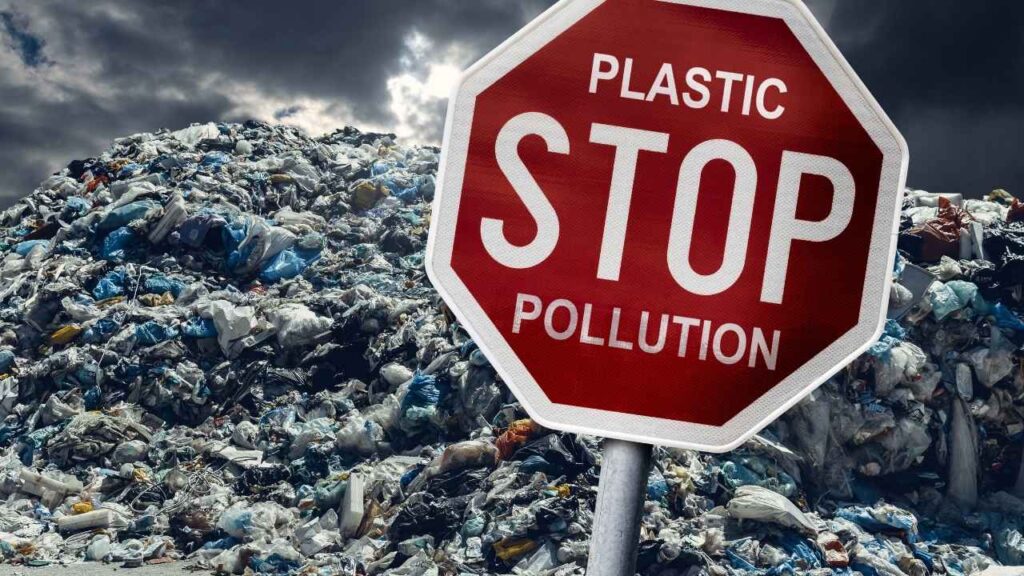
By implementing these changes, we can take significant steps towards combating plastic pollution and preserving the health of our oceans for future generations. It is important for individuals, businesses, and governments to work together in order to make a positive impact on the environment and reduce the harmful effects of plastic waste.
Challenges of Circular Economy
The concept of a circular economy offers hope for a world where waste is no longer a problem. However, achieving this vision comes with its own set of obstacles that we must overcome.
Designing for Circularity
Transitioning towards a circular economy necessitates a fresh perspective on the entire process of product development, production, and consumption. It involves reconsidering the way products are designed, manufactured, and ultimately used. To achieve this, it becomes crucial to prioritize the creation of products that are built to last, easy to repair, and can be recycled efficiently. However, achieving these goals may demand substantial investments and groundbreaking innovations in various industries.
Consumer Behavior
The shift in consumer behavior and preferences plays a crucial role in the transition towards a circular economy. It is important to educate consumers about the advantages of sustainable consumption and encourage them to adopt circular practices. By doing so, we can create a greater demand for products and services that follow circular principles, ultimately contributing to a more sustainable and environmentally friendly economy.
Infrastructure and Policy Support
Constructing the vital framework for handling waste, recycling, and reclaiming resources is crucial in order to facilitate a circular economy. Moreover, it is imperative to have encouraging policies and regulations in place to promote circular practices and create a fair environment for eco-friendly businesses to thrive.
Advantages Of Circular Economy
The concept of the circular economy is frequently praised for its positive impact on the environment, and with good reason. However, there is a whole other side to this story that often goes unnoticed.
This section will delve into the various economic opportunities, enhanced resilience, and increased security that can be achieved through the implementation of a circular economy.
Resource Conservation
The circular economy aims to minimize the use of new resources and protect the environment by keeping materials in circulation for as long as possible. This approach reduces the need for virgin resources, which are obtained from nature, and instead promotes the conservation of existing resources. By doing so, the circular economy helps to reduce the negative impact on the environment and encourages sustainable practices.
Economic Opportunities
The circular economy offers a wide range of economic prospects, such as the creation of new jobs in recycling and remanufacturing sectors. Additionally, it provides opportunities for the advancement of groundbreaking technologies and business models that can drive economic growth and sustainability. By embracing the principles of the circular economy, we can not only contribute to environmental preservation but also unlock various economic benefits for our society.
Resilience and Security
The circular economy boosts resilience and security against global challenges like resource scarcity and geopolitical instability by broadening supply chains and lessening reliance on limited resources. This approach helps in ensuring that businesses and economies are better equipped to handle unexpected disruptions and uncertainties in the global market.
Further Reference :- Global Footprint Network. [https://www.footprintnetwork.org/]
Frequently Asked Questions
What is the difference between a linear economy and a circular economy?
The linear economy operates on a system of ‘take-make-dispose’, where resources are taken from the environment, transformed into products, and then thrown away as garbage.
In contrast, the circular economy aims to maximize the lifespan of resources by promoting their reuse, recycling, and regeneration. Instead of being discarded after use, resources are kept in circulation for as long as possible, contributing to a more sustainable and efficient approach to resource management.
What are some benefits of the circular economy?
The circular economy offers a multitude of benefits, including resource conservation, economic opportunities through job creation and innovation, and increased resilience against challenges like resource scarcity.
What are some challenges to implementing a circular economy?
Transitioning to a circular economy requires changes across various aspects. Designing products for circularity, shifting consumer behavior towards sustainable consumption, and establishing proper infrastructure and policies are all hurdles that need to be addressed.
What can individuals do to contribute to the circular economy?
There are many ways individuals can contribute! You can make choices that reduce waste, like buying durable and reusable products, repairing items instead of replacing them, and properly recycling. Additionally, supporting businesses that embrace circular practices can make a significant impact.
How can businesses get involved in the circular economy?
Businesses can adopt circular practices throughout their operations. This can involve designing products for disassembly and remanufacture, offering repair and take-back programs, and utilizing recycled materials in their products.
Conclusion
Transitioning to a circular economy is more than just a necessity for the environment; it is a way to achieve long-lasting prosperity and resilience. By changing the way we view and use resources, and by adopting circular practices, we have the potential to create a future where waste is reduced to a minimum, resources are utilized to their fullest extent, and everyone can benefit from shared prosperity.
We are continuously adding blogs on green brands promoting sustainability and eco friendly culture. Visit We Care Earth for eco conscious articles on sustainable living, Climate Change, Sustainable Gardening & more.
